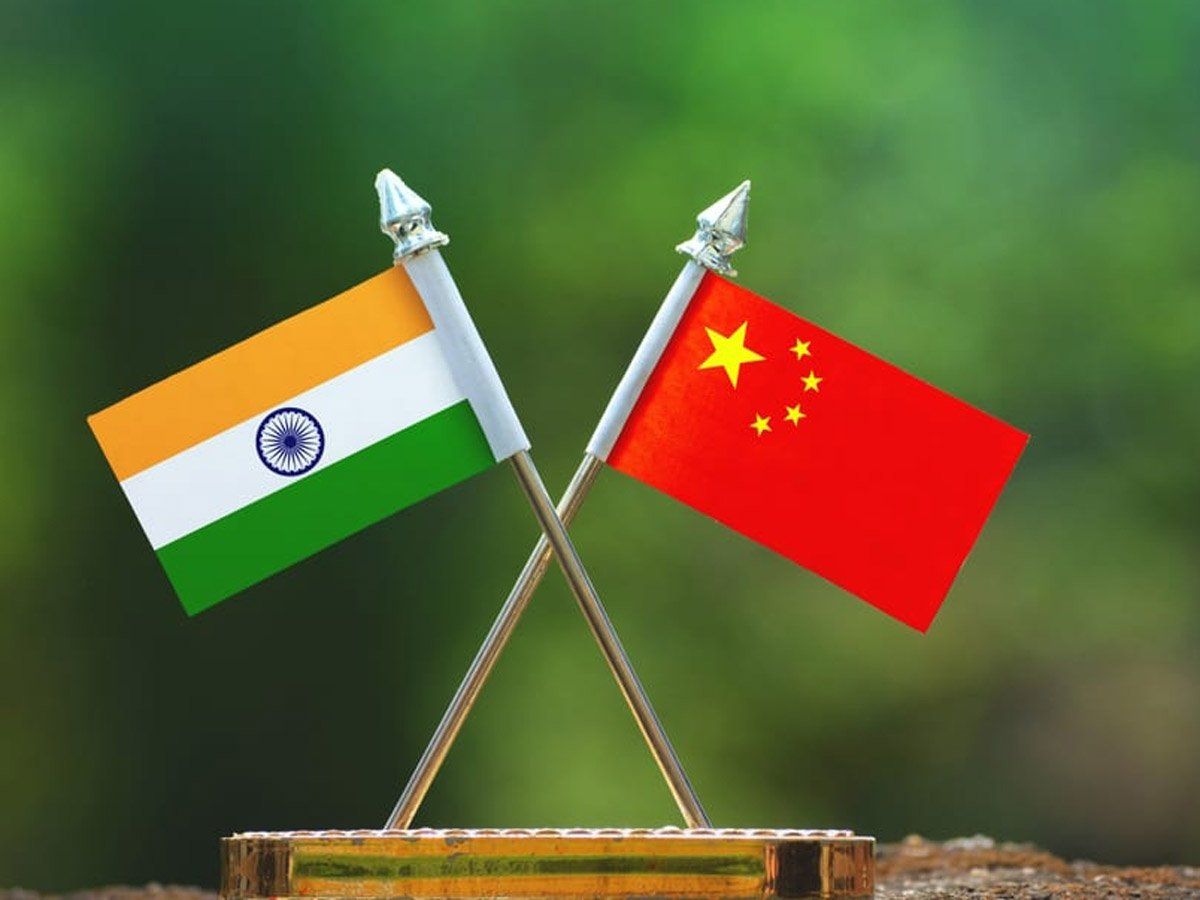The India- China competition for influence in Nepal is set to enter the energy domain, with both New Delhi and Beijing getting set for establishing new power transmission links with Kathmandu. On Friday, India and Nepal agreed to build more transmission lines across their border and plan establishing a common electricity grid. Besides, during their 8th Joint Steering Committee (JSC) meeting, opening the Indian market for Nepal power producer was also discussed.
Simultaneously, the Chinese appear set to make inroads into the Nepali energy market. According to the website himalkhabar.com China had last year extended a high-capacity transmission line from central Tibet to western Tibet near the Nepal border under the Tibet-China Power Grid Connection Project. The website said the presence of the 1,689 km long transmission line may allow Chinese power to reach Kathmandu “within a year”. The competition between New Delhi and Beijing in the energy domain adds another layer to the raging “great game” between the two Himalayan neighbours for strategic influence in Nepal and South Asia.
The two countries are already in the race to fast track cross-border rail connections with Kathmandu. Nepal has recently agreed to accelerate a railway connection from the Indian border to Kathmandu. After stalling for an extended period, the Nepalese authorities have permitted India’s Konkan Railway Corporation Limited to carry out a Detailed Project Report (DPR) to connect Kathmandu with Raxaul, according to the Nepalese website Ratopati.com.
Raxaul railway station on the India-Nepal border is the only Indian city that is connected across the border to Nepal at Birjung. Raxaul is Nepal’s gateway to India, as it connected by rail with New Delhi and Kolkata, providing a vast hinterland. The total length of the rail line is expected to be 136 kilometres, out of which 42 kilometres will pass through a tunnel. It is expected to cost about three trillion Nepali rupees. The decision follows China’s energetic effort to link the Nepalese capital with Tibet.
Analysts say that India’s initiative has strong security connotations. By connecting Nepal with India along tracks which are of a different gauge, New Delhi has prevented China to bring its railway, and in the worst-case scenario, its troops and equipment, close to the Indian border. Chinese rail tracks follow standard gauge, which are of 1,435 mm wide. On the contrary, Indian broad-gauge tracks have width of 1,676 mm.
On its part, China is also making considerable effort to link Tibet with Kathmandu by rail. Though the aspiration to build a railway to Kathmandu dates back to the era of Mao Zedong, the founding father of the People’s Republic of China (PRC), it acquired a new life under the Nepal’s communist government. The idea of extending the railway from Kyirong in Tibet to Kathmandu was discussed in 2008 when Pushpa Kamal Dahal “Prachanda” visited Beijing as the Prime Minister of Nepal.
India’s blockade of Nepal in 2015, further added urgency to the undertaking. The trans-Himalayan project, is estimated to cost $2.75 billion. The undertaking falls within the overarching framework of trans-Himalayan Multi-Dimensional Connectivity Network.




















